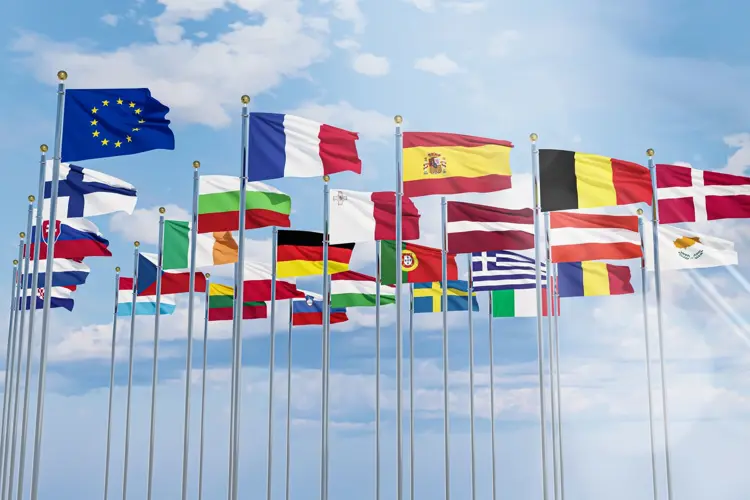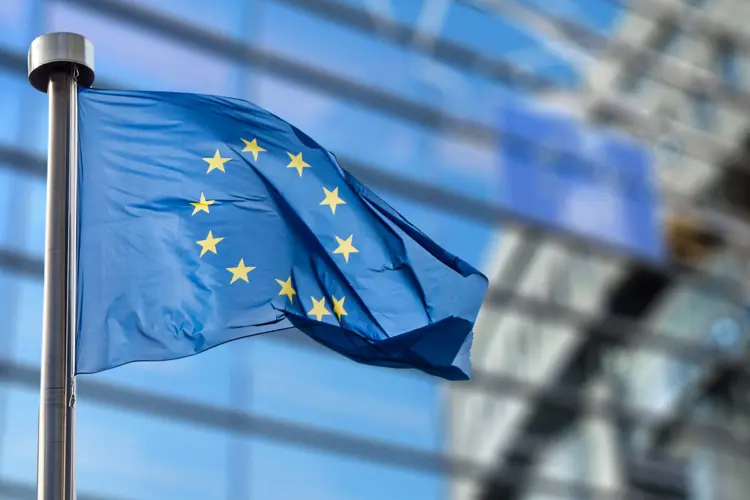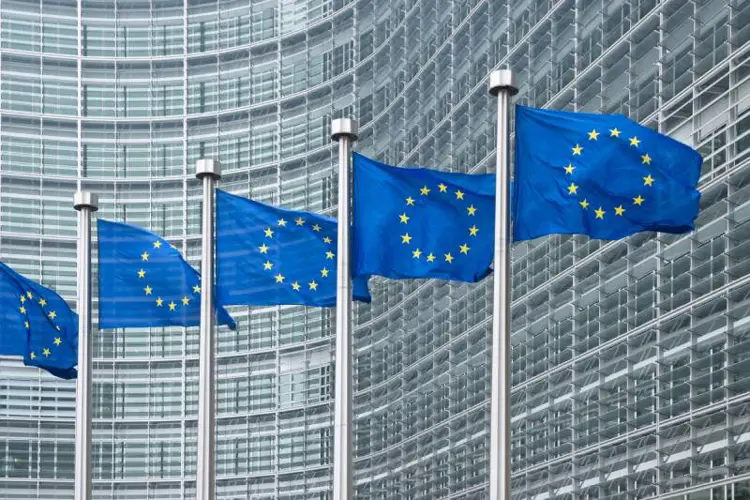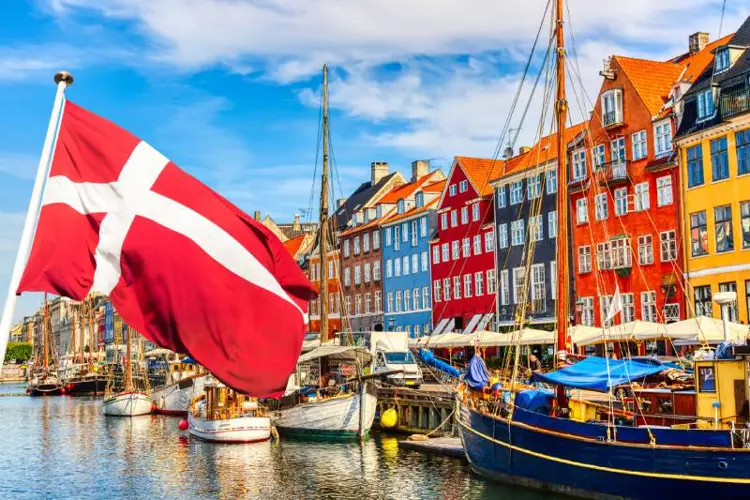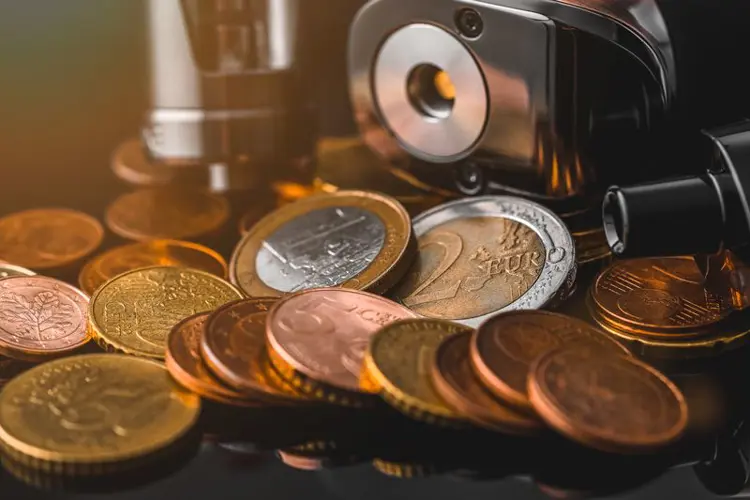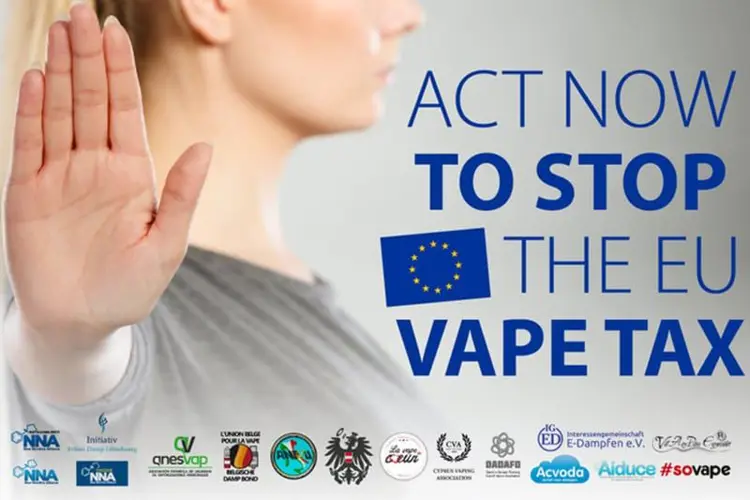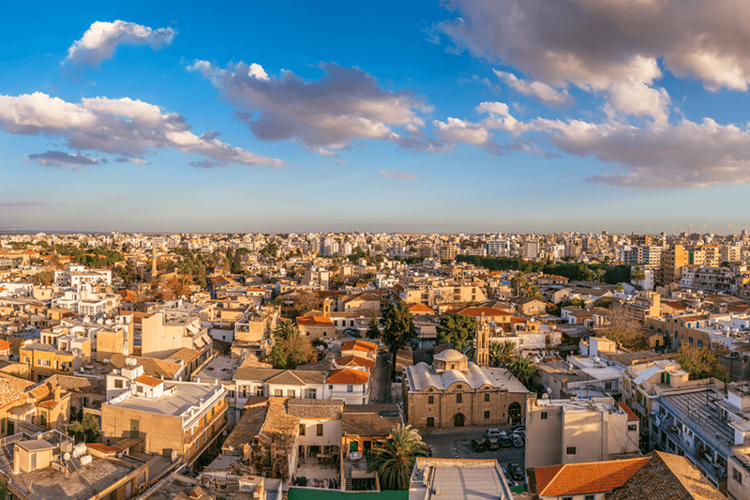Italy is adjusting its e-liquid tax for the fourth time in four years, and this time the changes will favor vaping consumers. The new rates will take effect April 1, following final passage by the Senate in late February.
The country has reduced the taxes on e-liquids to levels set in 2021 by repealing the scheduled increase that took effect in January 2022. The tax rate on e-liquids containing nicotine will decrease from €0.175 (U.S. equivalent: $0.19) per milliliter to €0.13, and the zero-nicotine e-liquid tax will fall from €0.13/mL to €0.08.
There is constant uncertainty over vape tax rates in Italy, with the Parliament changing them seemingly at random in almost every new annual budget. Political leaders seem to have no sympathy for small businesses trying to plan for the future—or for consumers who simply want attractive products that help them avoid smoking.
At the current tax rate, a 10 mL bottle of e-liquid (the legal maximum size in all EU countries) that starts out at €5.00 winds up costing a vaper over €8.00.
Italian vapers have been on a price rollercoaster since 2014, when Parliament wiped out 75 percent of the country's thriving legal vape industry with a tax that made vaping as expensive as smoking cigarettes. The €0.40/mL tax introduced in 2014—the highest in the European Union—almost doubled the price of e-liquid, and forced many vapers to find products on the black market or from illegal cross-border sellers. Some, of course, returned to cigarettes.
Parliament also banned online sales within Italy. In less than three years, the once-powerful Italian vape industry shrank from 4,000 businesses (in a country of 61 million people!) to just 1,000.
Finally, in 2019, pressure from vapers and the surviving vape industry persuaded legislators to correct their mistake and reduce the tax by 80 percent, to a far more reasonable €0.08 per mL for e-liquids containing nicotine, and €0.04 for nicotine-free e-juices.
But last year the politicians raised the tax again, and set automatic increases for 2022 and 2023 that would have eventually hiked the tax rate to about €0.21/mL for e-liquids containing nicotine, and €0.17 for nicotine-free vape juices. (Parliament then temporarily reduced the tax rates to 2019 levels due to COVID, but that relief expired at the end of 2021.)
In addition to the e-liquid tax, consumers also pay a 22 percent sales tax—called a value added tax (VAT)—on all vaping products (and most other products). At the current tax rate, a 10 mL bottle of e-liquid (the legal maximum size in all EU countries) that starts out at €5.00 winds up costing a vaper over €8.00. Nearly 40 percent of the consumer’s cost is taxes.
The Freemax REXA PRO and REXA SMART are highly advanced pod vapes, offering seemingly endless features, beautiful touchscreens, and new DUOMAX pods.
The OXVA XLIM Pro 2 DNA is powered by a custom-made Evolv DNA chipset, offering a Replay function and dry hit protection. Read our review to find out more.
The SKE Bar is a 2 mL replaceable pod vape with a 500 mAh battery, a 1.2-ohm mesh coil, and 35 flavors to choose from in 2% nicotine.
Because of declining cigarette sales, state governments in the U.S. and countries around the world are looking to vapor products as a new source of tax revenue.
The legal age to buy e-cigarettes and other vaping products varies around the world. The United States recently changed the legal minimum sales age to 21.
A list of vaping product flavor bans and online sales bans in the United States, and sales and possession bans in other countries.







